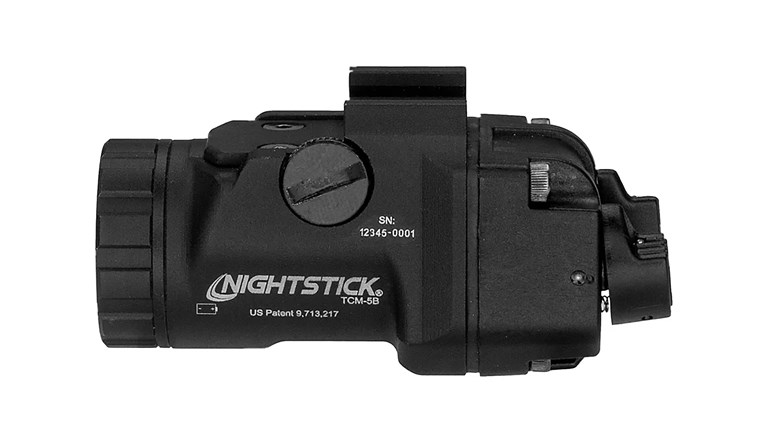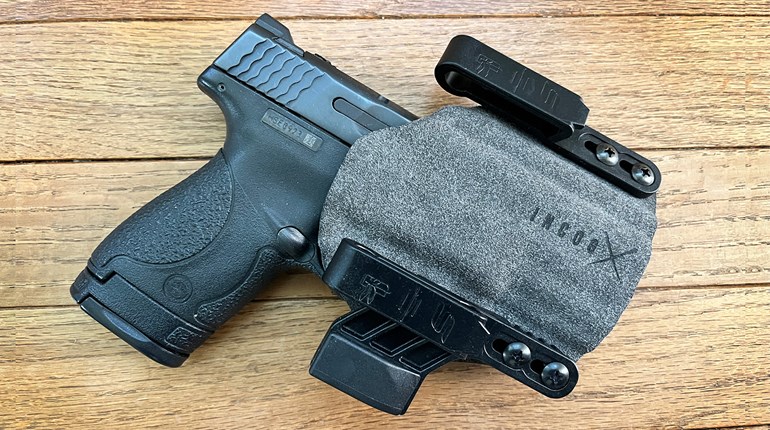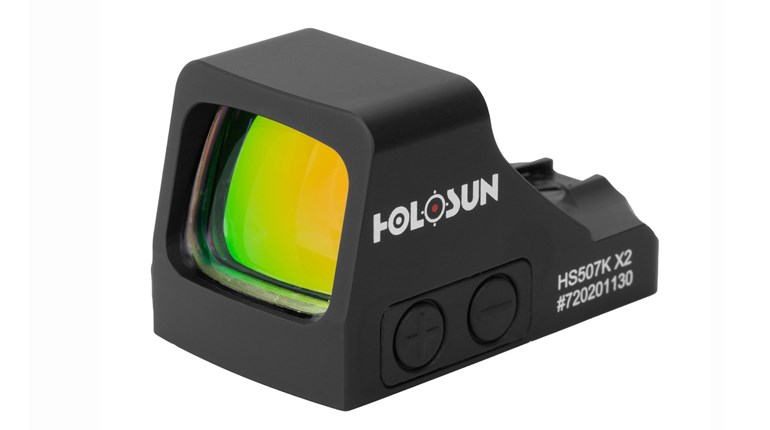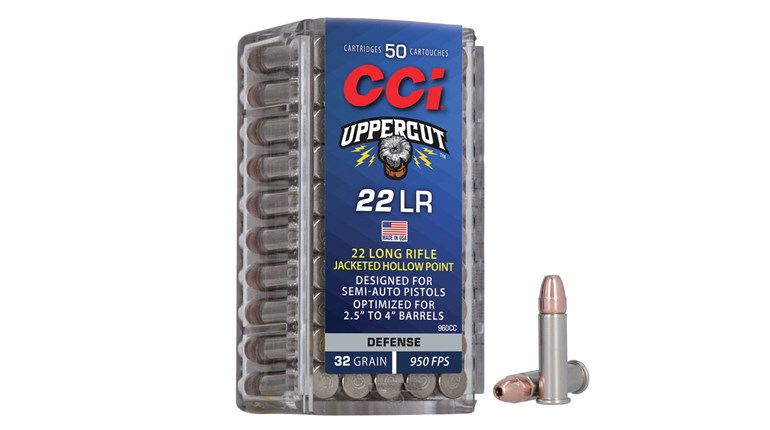
Generations are a funny thing. One the one hand, we bear a striking resemblance to our ancestors, while on the other hand, we’ve come a long way from our great, great grandparents. So it is with firearms. We’ve all seen this in a long series of 1911 variations over the past 111 years. They are all basically the same, but each has its distinct characteristics.
While Glock certainly does not have the same longevity (yet) as the venerable 1911, they have been around long enough to have produced five generations of the pistol introduced to the American market in 1986.
Let’s take a look at the differences among the five (so far) generations of Glock pistols. Some things changed, while some things stayed the same. For example, they are all black. Sure, there was that one model (19X) that Glock entered into the US military pistol replacement contract competition, but that was an anomaly.
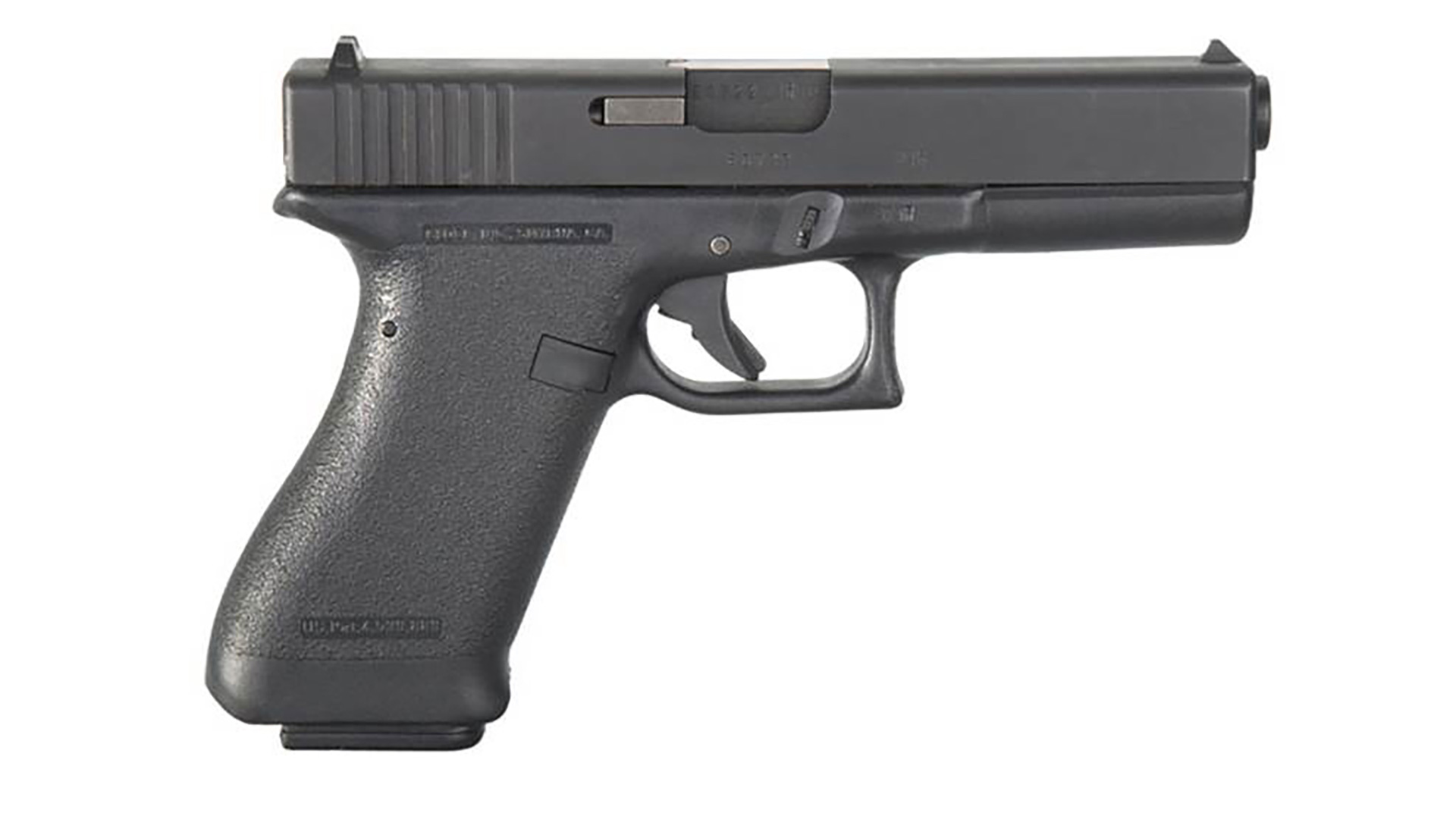
Gen 1 (1982-1987)
The first Glock to hit the market was the Glock 17, a 17-rounder (pure coincidence since Glock numbers their guns based on the patents, not capacity or caliber) that featured Glock’s signature polymer frame that has everyone in a tizzy because they were afraid it would slide right through airport security undetected. As it turned out, that fear was misplaced, as the gun had several major metal components that would have tripped the sensors, but Glock had certainly etched its name into the psyche of the American public.
The first generation of Glocks was not as feature-rich as future generations, but it certainly had lots to recommend besides just the fact that it had been used by the Austrian military for several years by the time it reached our shores.
Gen 2 (1988-1997)
When Glock introduced the Gen 2 in 1988, folks were naturally curious about what improvements the company made to an already popular and reliable handgun. As it turned out, there weren’t a lot of changes. Inside, Glock added more calibers to choose from and a couple of passive safety upgrades, but the main differences were cosmetic, centered around the grip, where they changed to a more checkered front of the grip and backstrap.
Gen 3 (1998-2009)
The Gen 3 marked the biggest changes to date for Glock. In addition to retaining all the changes from the Gen 2 model, they added a few items that, strangely, became controversial. One of the additions that did not cause any brouhaha was an accessory rail. Owners could now attach a weapon-mounted light, laser, or other accessories like they could on other similar pistols.
The controversial changes were both on the grip: finger grooves in front and a thumb rest on either side. While this might not seem like a big deal to some, others didn’t see a reason for the thumb rest and still more thought Glock had gone the wrong direction by adding finger grooves to the previously smooth but checkered grip.
Gen 4 (2010-2016)

As Glock brought out the Gen 4 in 2010, the anti-finger-groovers were hoping they had been removed, but, alas, they remained, as did the thumb rests.
However, one mechanical upgrade was under the slide: a new dual recoil spring. Touted as a recoil reducer, the new two-stage spring worked like a piston within the spring to effectively change the traditional one-spring recoil system into a two-spring system by embedding a smaller coil inside the bigger one, similar to a shock absorber. Many Gen 3 to Gen 4 transfer shooters commented about how much better the recoil felt on the newer guns.
Another outside improvement was a larger magazine release. While this might not sound like a big deal, dropping the magazine got a lot easier with more real estate for the thumb. A bigger mag release was one of the most common aftermarket upgrades among Gen 3 owners, so Glock made the upgrade for everyone by making a larger mag release button from the factory. Glock also acknowledged that everyone's hands were not created equal, and came out with replaceable backstraps in various sizes to accommodate a wide variety of hand sizes.
Toward the end of the Gen4, as demand increased for pistol red dots, Glock answered with an MOS version ready to accept most major red dot brands from the factory, with no milling or gunsmithing required.
Gen 5 (2017-Present)
Gen 5 saw by far the most external upgrades to the Glock family since the pistol line’s introduction. There were five major improvements that set the latest generation apart from its ancestors. First was ambidextrous slide stops. Now lefties could play in the Glock world without altering their grip to work the slide.
The second was the appearance of forward slide serrations, a feature that had already started to appear on Glock’s biggest competitors, making press checks easier.
Third, Glock took cues from the competition world and flared the mag well just a bit. The contour change was barely noticeable from the outside, but the wider mouth made mag changes easier.
Fourth, the slide and muzzle were beveled and sculpted for a more rounded appearance, a definite concession to the Glock's ubiquity as a concealed-carry staple.
And last but not least, the finger grooves disappeared, a throwback to the Gen 1. Will they reappear in the Gen 6 model? There’s no way to know at this point.
Glock’s Legacy
While some might mock Glock’s “Perfection” slogan, perhaps they are really more like Lexus, with their relentless pursuit of perfection, with each generation adding and updating features.












